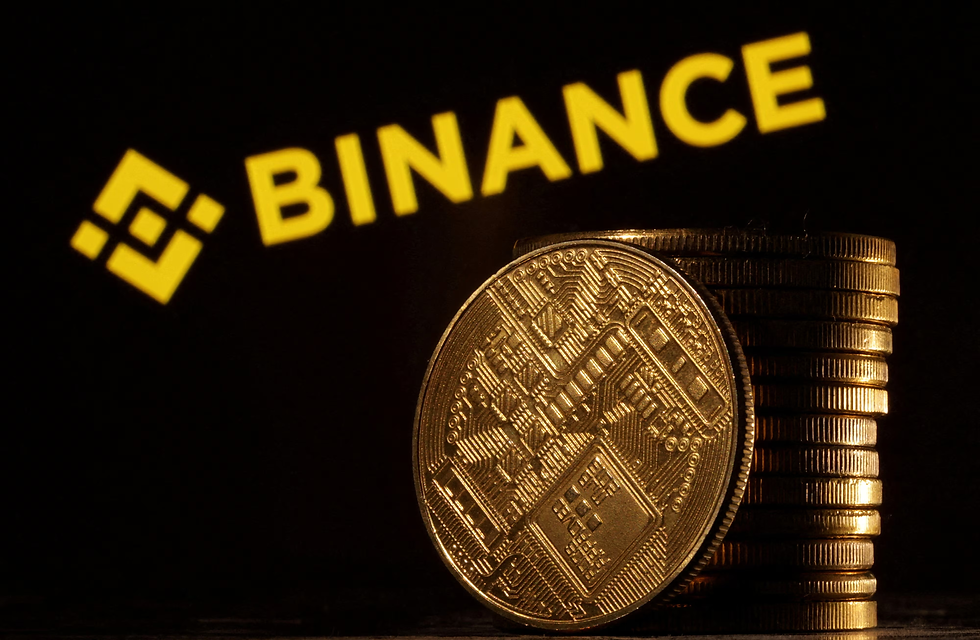NFTs - The Basics
- Flexi Group
- Jun 14, 2022
- 3 min read
What exactly is an NFT?
The acronym NFT stands for Non-Fungible Token, and it is currently sweeping the world of digital art and collectibles. However, because it is a new type of commerce, it continues to perplex and frustrate the rest of the world.

How does it function?
NFTs are digital tokens that represent ownership of one-of-a-kind real-world items like art, music, videos, and even real estate. They are similar to a bill of ownership and authenticity, but they are bought and sold online, often with cryptocurrency, and they are secured by blockchain smart contracts. There can only be one official owner, and because the blockchain protects the record of ownership, no one can change it.
In a nutshell, NFTs are created using the same programming language as Bitcoin and Ethereum, but they are non-fungible. Because cryptocurrencies and money are both fungible, they can be traded or exchanged for one another and have the same value. NFTs, on the other hand, can not be equaled or exchanged with one another due to their non-fungibility.
It is worth noting that NFTs are distributed, decentralized, and unchangeable.
Decentralised: Peer-to-peer transactions are carried out using cryptocurrency and blockchain technology, eliminating the need for intermediaries.
Distributed: Data on a blockchain is stored across a network of computers that all have access to the same copy of historical data.
Unalterable: Information stored on a blockchain can not be changed; it can only be added to, ensuring a highly tamper-resistant source of truth for any data.
Creation of NFTs
On most blockchains, NFTs are created through the use of smart contracts. Minting is the process of creating and registering coins. The minting process entails creating a public ledger on the blockchain that contains transactions as well as the creator's cryptographic address.
As a result, in order to mint an NFT, the creator must pay a cryptocurrency fee, also known as a "gas fee," as well as any additional fees owed to the marketplace.
Use of NFTs
DeFi
NFTs have recently emerged as a new trend in decentralised finance protocols as a way to keep ownership tamper-proof without the use of intermediaries. Financial documents such as proof of ownership or tax statements could be created as NFTs and used in the DeFi ecosystem, which allows for peer-to-peer transactions. Furthermore, users can use NFTs as a form of collateral to borrow against.
Gaming
Many online games use blockchain to tokenize gaming assets and have their own economies. NFTs are used to reward users with personalized items with real-world value. In fact, NFTs have the potential to alleviate the problem of inflation that plagues many games. They could be characters, abilities, or even virtual land plots, each with their own personality and market value.
The Digital Age
With the rise of digital worlds, NFTs have the potential to bring much-needed liquidity to a variety of markets, including real estate, fine art, and rare collectibles. NFTs are real-world assets that can be stored on a blockchain as a token.
How to Purchase NFTs
NFTs can only be bought, sold, or traded on exchanges that accept such transactions. However, you can not buy NFTs with a credit card or PayPal; you will need a crypto wallet and a few cryptos to complete the transaction. NFTs' value is almost entirely determined by what another market participant is willing to pay for them due to their non-fungible nature.
NFT protection and upkeep
NFTs are secured in the same way that cryptocurrency is: they are kept on blockchains, which copy and share historical transactions and participants across devices.
Consensus algorithm ensures that all participating nodes remain in agreement. It ensures that all new transactions and data are accurately recorded and stored, as well as providing a content source with a high level of tamper resistance.
Due to the high cost of storing large image files (NTF media), many people have chosen to store NFTs off-chain and indicate this via a link stored in the NFT on the blockchain. As a result, it is critical to know where the NFT media is stored and maintained, as defined by the smart contract that controls the NFT.
By fLEXI tEAM
.png)
.png)







Comments